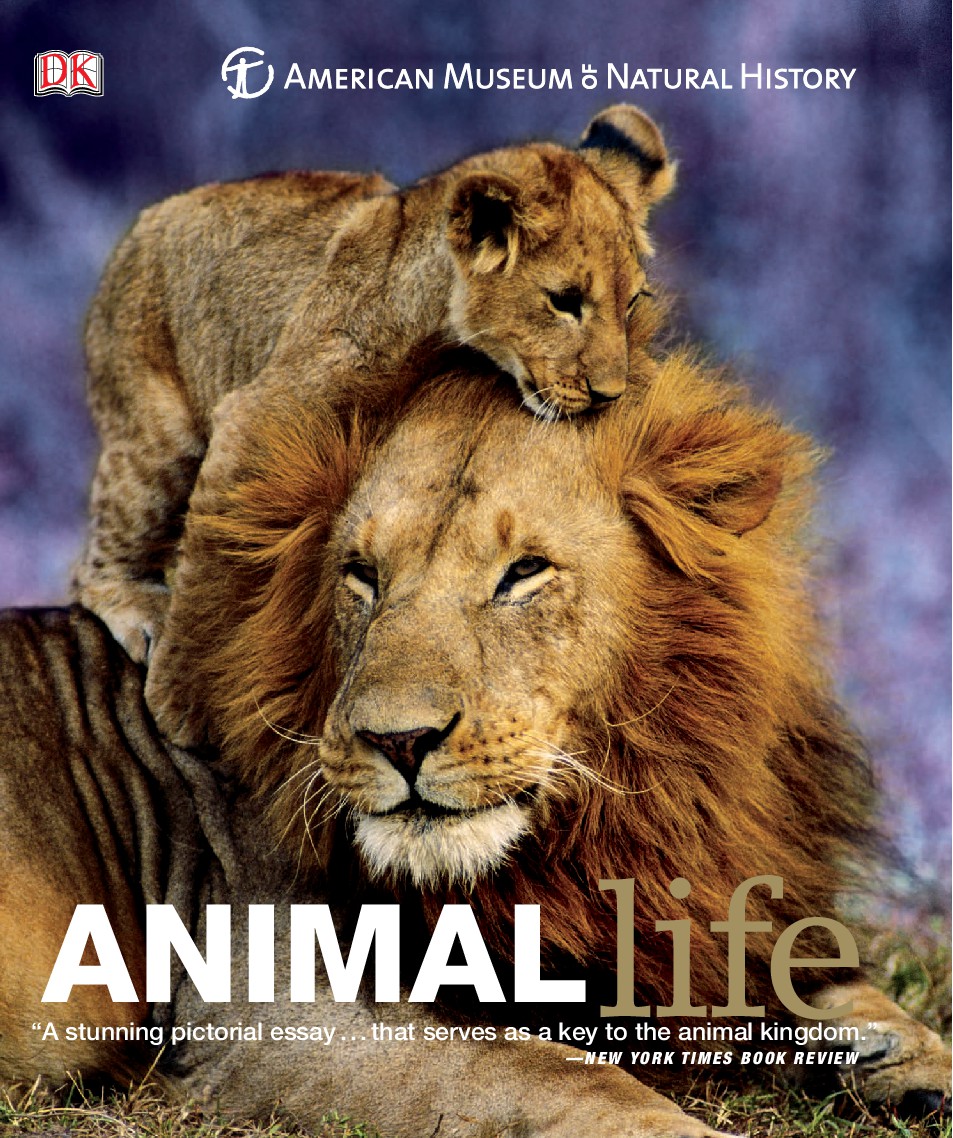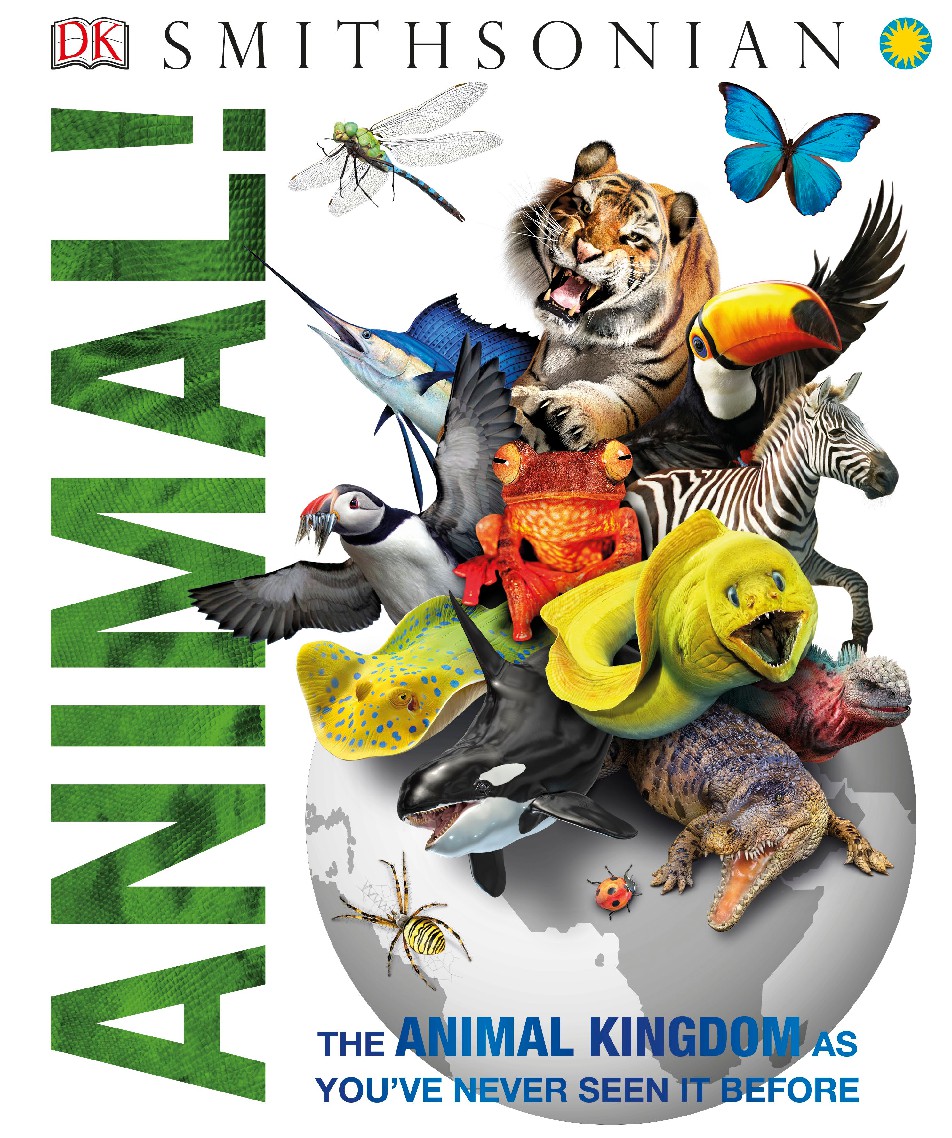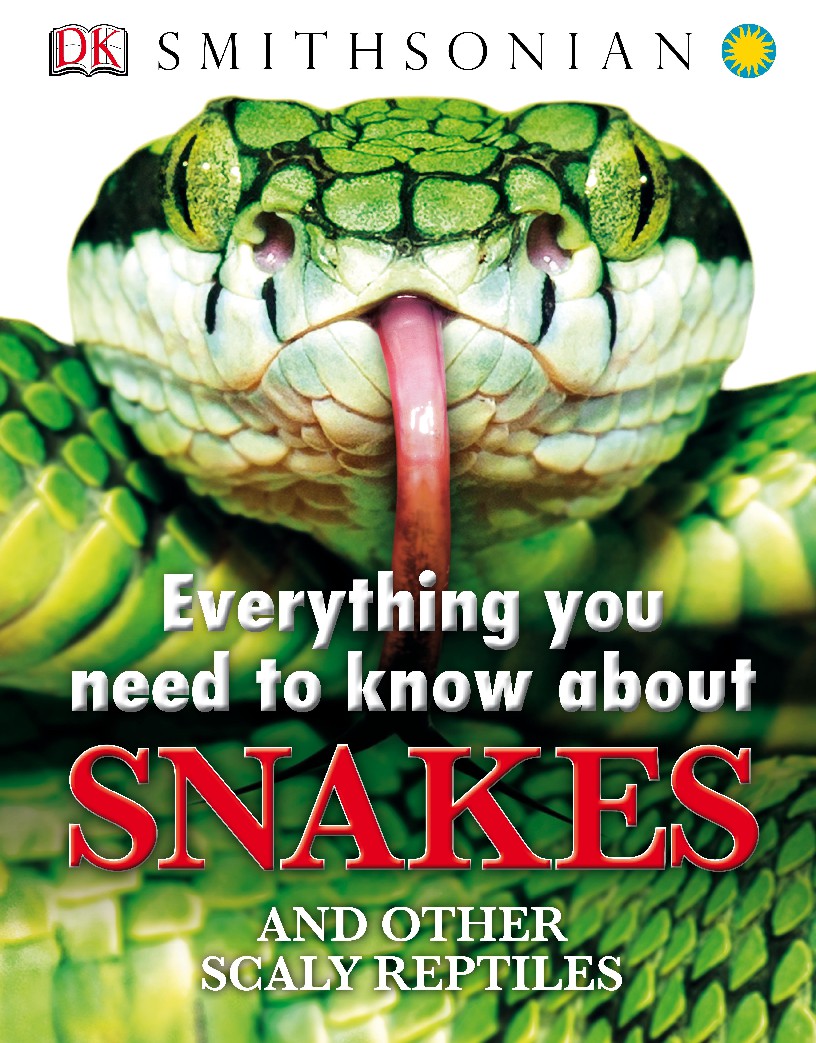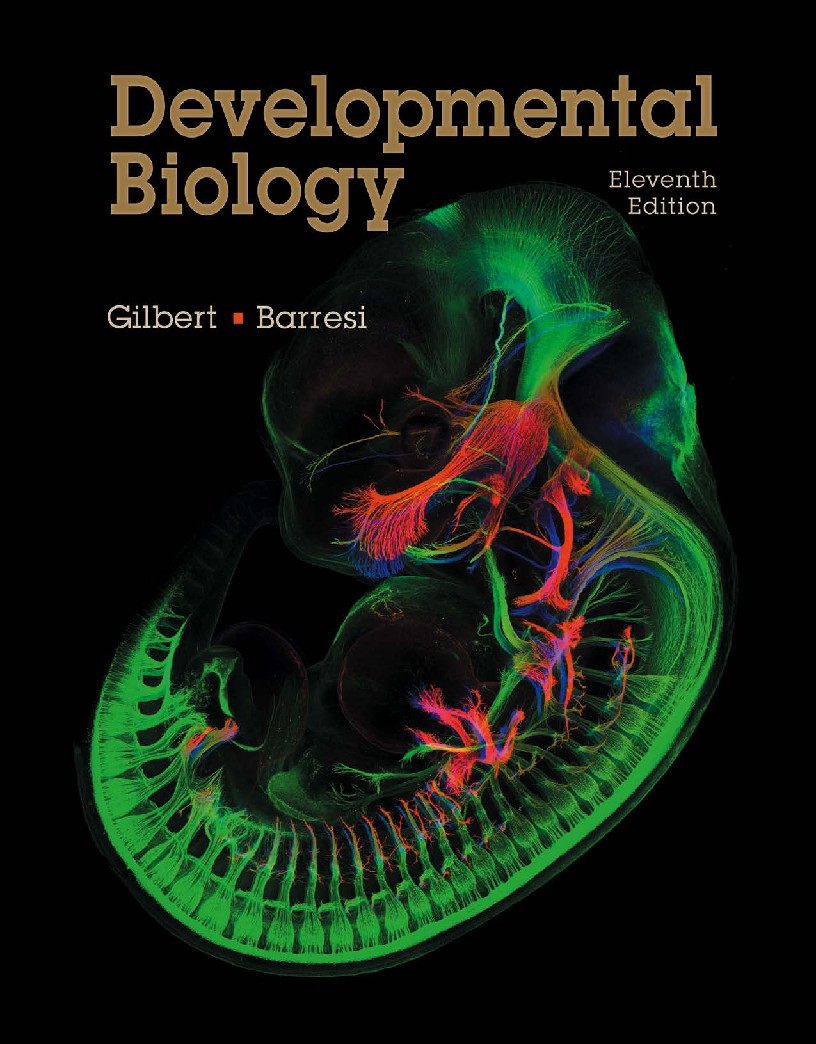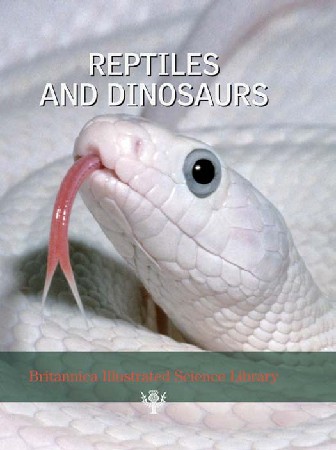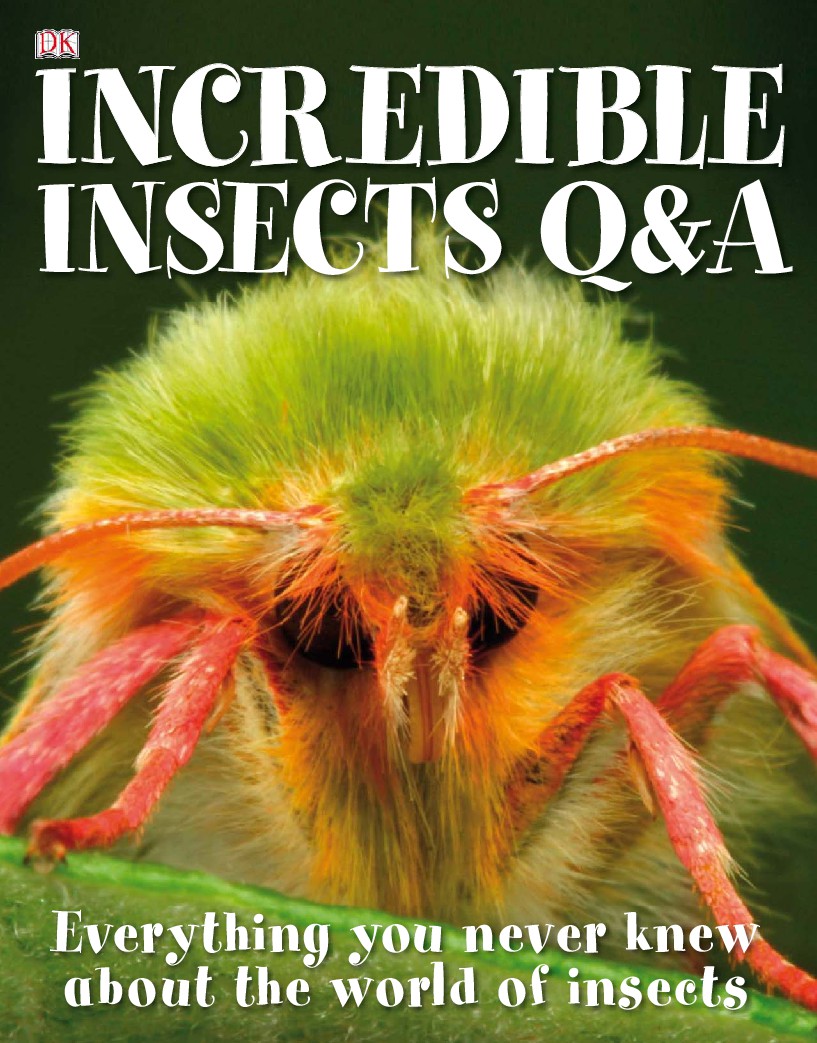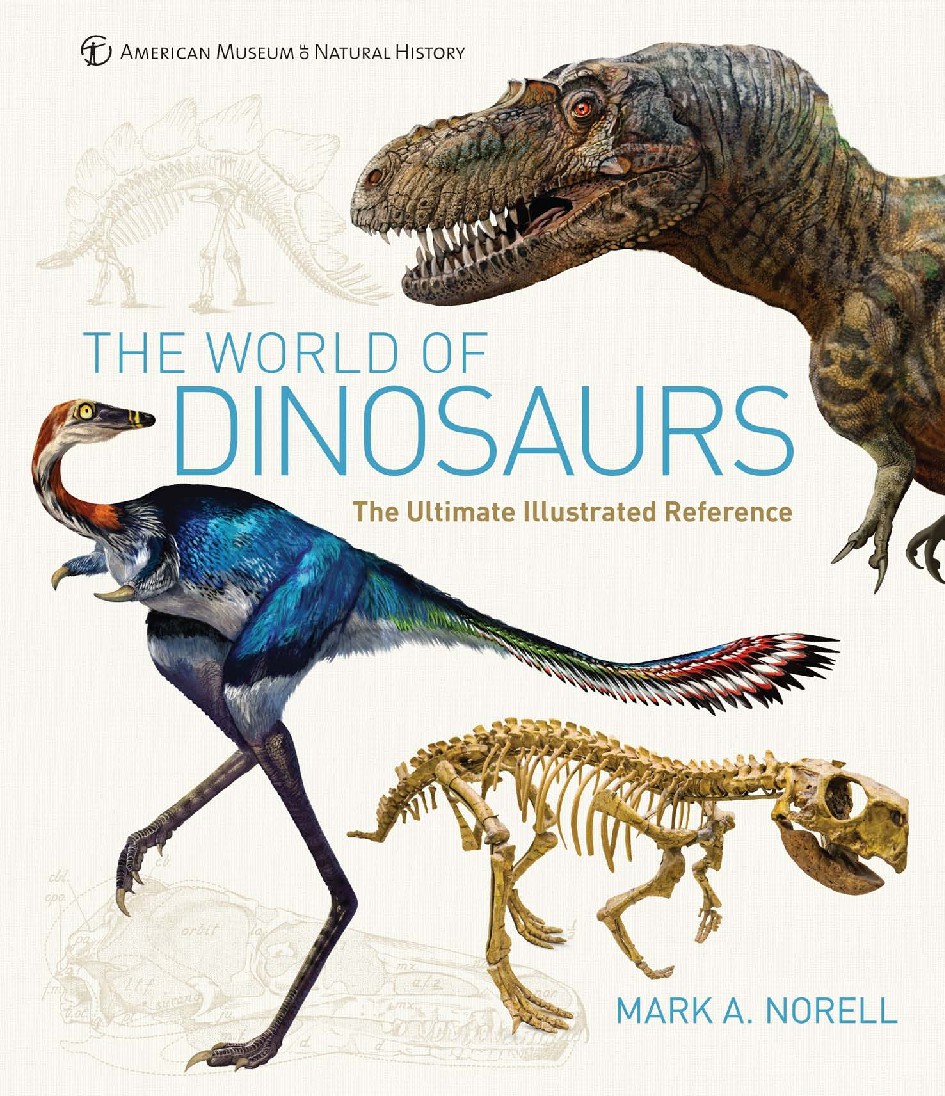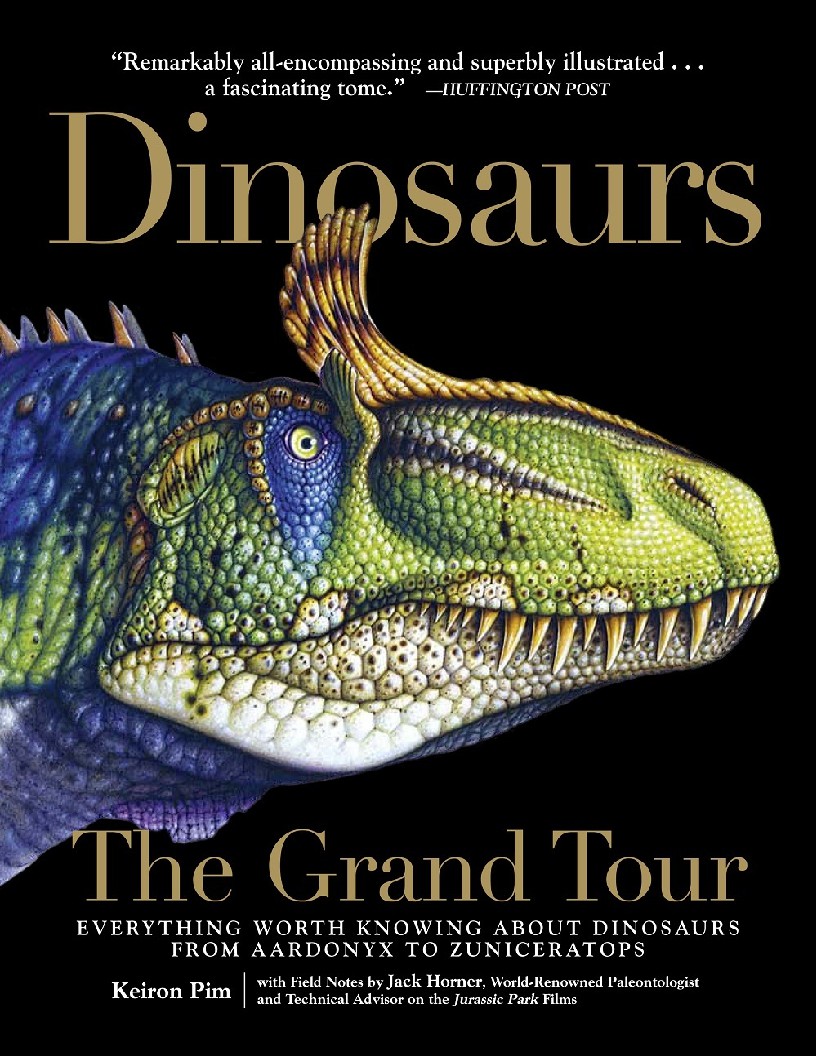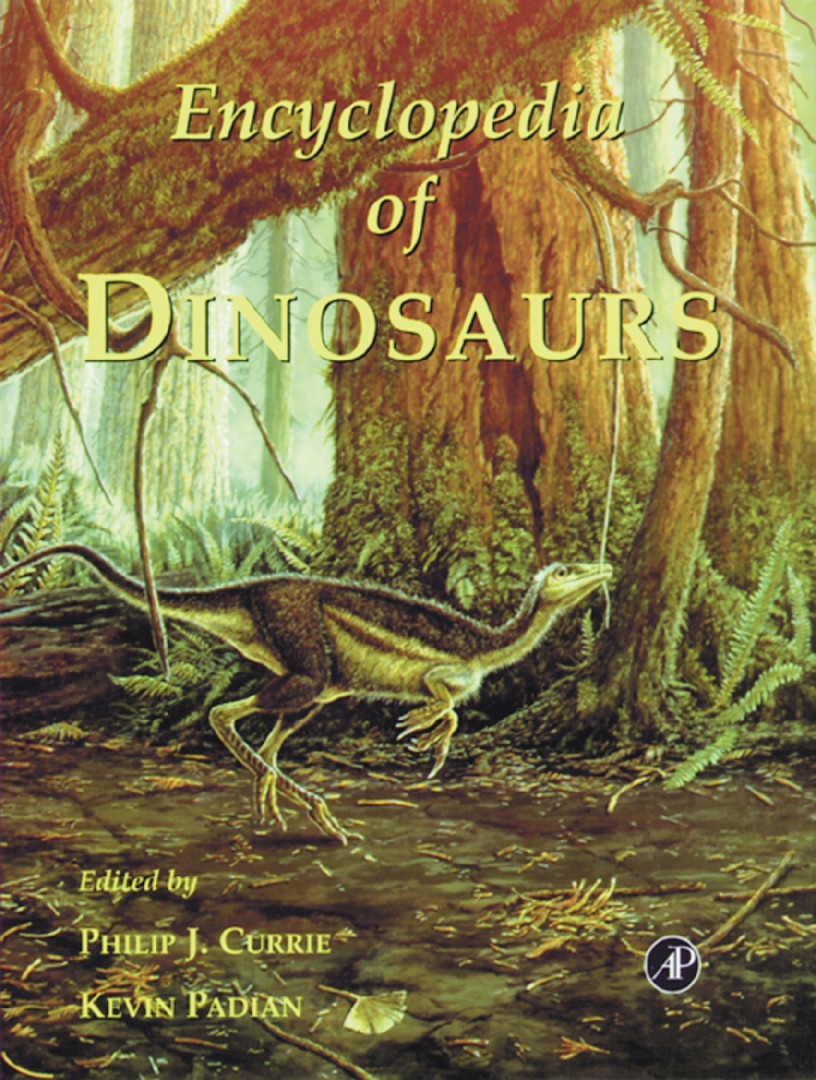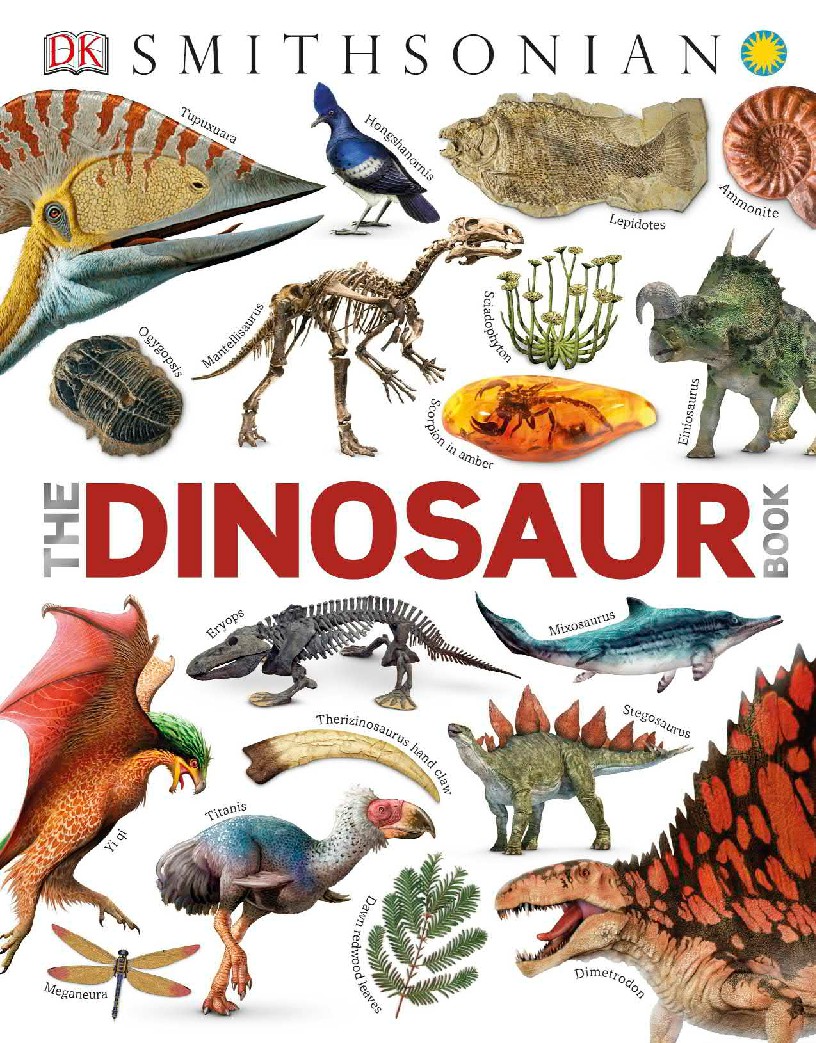Book Details

Dinosaur paleobiology
Dinosaurs are everywhere these days. They are the
most popular exhibits in many museums, the stars
of movies and the focus of television documentaries,
the pitchmen in advertising campaigns and
the subject of gushing articles in magazines and
newspapers. Looking at how dinosaurs are portrayed
in the popular press, it is easy to lump them
together with leprechauns, unicorns, and dragons –
creatures of myth and iconic lore that only exist in
the imaginations of children and the whimsy of pop
culture. But dinosaurs are not creatures of fantasy –
they were real animals, of many fantastic shapes
and sizes, that dominated terrestrial ecosystems for
an astounding span of over 160 million years. They
were living, breathing, feeding, moving, reproducing,
evolving organisms that originated in the
aftermath of the worst mass extinction in earth
history, rose to dominance as a supercontinent was
splitting and climates were fluctuating, evolved
into some of the largest and most fearsome animals
the planet has ever seen, and then suddenly went
extinct right at the same time that a giant comet or
asteroid slammed into the earth and supervolcanoes
were belching rivers of lava. And perhaps most
astonishing of all, these ancient creatures, so often
symbols of lethargy and failure, were the ancestors
of one of the most successful groups of living
animals: the birds.
Author: L. Brusatte Stephen
Pages: 349
Issue By: eBook 707
Published: 2 years ago
Likes: 0

